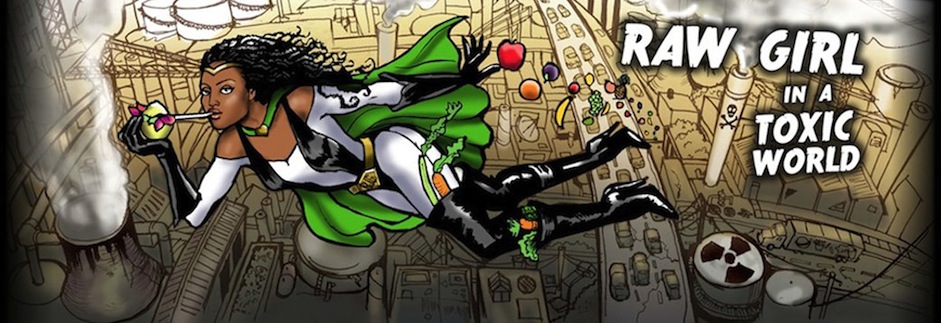Kidney stones (Nephrolithiasis) are stone like formations that develop in the kidney and can get trapped in the urinary tract or ureter. Kidney stones are common, affecting 1 in 11 people in the United States [1]. The most common form of the condition is the calcium oxalate stone. Current treatments include dietary modification, medications, and surgical treatment. Dietary modifications include increasing fluids, increasing dietary calcium, and decreasing oxalate in the diet (e.g. spinach, rhubarb, potatoes, nuts), and avoiding high dose Vitamin C. Medications may be used to reduce calcium in the urine or to reduce uric acid levels.
How does one get kidney stones?
- One of the major factors that contributes to the formation of kidney stones is insufficient water intake. 2 Liters of water per day is recommended.
- Over consumption of vitamin D
- Excess vitamin C
- Over consumption calcium supplements or milk
- Hyperthyroidism
- A diet high in oxalates. What are oxalates? They are are naturally-occurring substances found in a wide variety of foods and they play a supportive role in the metabolism of many plants and animals and in our human metabolism. Generally they serve a good purpose but become problematic if they over accumulate in the body, especially in the kidneys. Some foods that are high in oxalates include spinach, beets, okra, almonds, and cashews, french fries, bran cereals and whole wheat cereals, raspberries, sweet potatoes, baked potatoes with the skin, and rhubarb.
In order to treat kidney stones properly, you need to work with your practitioner and health professionals to determine what kind of kidney stones you have. The four common types are 1) calcium stones, 2) uric acid stones, 3) sturvite stones, 4) cystine stones. Once you determine the type of stones, you can make diet and lifestyle adjustments to address your specific condition. Generally:
Calcium stones – need to reduce high oxalate foods; High incidence of Ca stones in affluent societies is linked to a diet low in fiber and high in refined carbohydrates, alcohol, animal protein, fat, high-Ca food, vitamin D–enriched food, soft drinks, and fructose.
Uric Acid stones – reduce meat intake
Sturvite stones – Consume cranberry juice and lemonade drinks
Cystine Stones – Avoid methionine rich foods
Below is an outline of an intervention plan with someone with Calcium Stones. Generally, it’s best to work with a nutritionist or health practitioner to get interventions that are tailored for your unique situation.
Interventions for Calcium Stones
Today’s Goal: To increase fiber intake, water intake to 2.5 L, and reduce processed food intake to assist with healing kidney stones.
Nutrition
- Increase water intake to 2.5L of water daily (88.2 oz). Week one: 16 oz upon rising, 16 oz lunch, 16 oz before dinner, 16 oz at bedtime. Week two: 24 oz upon rising, 20 oz lunch, 20 oz before dinner, 24 oz bedtime.
- Increase intake of fruits and vegetables to 5-6 servings per day; Reduce/ eliminate meat intake max 2 times weekly
- Reduce/ eliminate sodium intake & Avoid high fructose corn syrup (eliminate processed foods and drinks)
- Eliminate soft drinks; Limit or avoid alcohol; Drink 2-3 cups of green tea daily
Supplements
- Michael’s Naturopathic Programs Kidney Factors – serving size 3 tablets
[Ingredients: vitamin D (75%), Niacin (300%), B6 (300%), vitamin B12 (500%), calcium (as calcium amino acid chelate 9%), Mg (as magnesium amino acid chelate 38%), celery seed, hydrangea root, juniper berry, glutamine, glycine, parsley leaf, buchu leaf, uva ursi, bromelain]
- Vital Nutrients – Ultra Pure Fish Oil 800
- 3 K Complete by Thorne – Vitamin K1 & K2
- Probiotic Pro-12; Bioclinic Naturals
Lifestyle
- 7- 8 hours of sleep daily; avoid sleeping on the side where kidney stones are
- Practice mindfulness in some form 15-20 minutes daily for stress release
References:
- C.D. Scales, A.C. Smith, J.M. Hanley, C.S. Saigal, Urologic Diseases in America Project, Eur. Urol. 62 (2012) 160–165.
- Fry, M., ND. (n.d.). Lecture: Kidney Stones (Nephrolithiasis). Retrieved May 2, 2018, from https://learn.muih.edu/courses/6637/pages/kidney-stones-nephrolithiasis?module_item_id=180869.
- M.L. Ellis, A.E. Dowell, X. Li, J. Knight, Arch. Microbiol.198 (2016) 1019–1026.
- O. Ivanovski, T.B. Drüeke, Kidney Int. 83 (2013) 998–1000.
- Pizzorno, J. E., Murray, M. T., & Joiner-Bey, H. (2016). The Clinician’s Handbook of Natural Medicine E-Book. [N.p.]: Churchill Livingstone.






